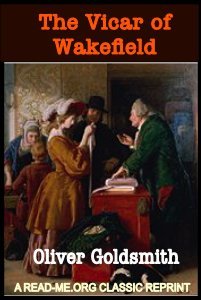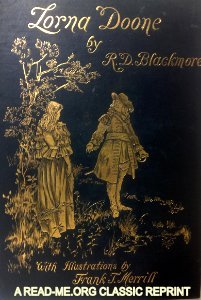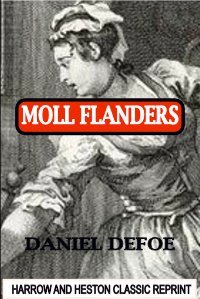K. M. Macleod
A boys book heralding the wonderful role of the Christian missionaries of imperialism.
FROM THE COVER: but what can the boys join:" A new school teacher, Miss Stanley, arrives, and has an unkind trick played on her by Derry. She, however, starts a company of Life Boys, under the Great Leader, Jesus Christ, and to Derry's surprise he is allowed to join. They soon christen Miss Stanley, "The Skipper," and the story abounds with Life Boy adventures, until a Mr. Wardic arrives from Central Africa, and falls in love with The Skipper. The Life Boys form the guard of honor at the wedding which folows, and the story ends with The Skipper leaving a s "Mrs. Wardic" to be a foreign missionary in Africa, and hoping to form a company of Life Boys there of little African boys.”
London. Pickering & Inglis Ltd. 1934. 69p. USED BOOK

















